Where the Da River flows into Vietnam
150 years ago, the Sila people, in order to avoid the persecution of other ethnic groups, wandered from Yunnan province (China) to Laos. They thought they would live in peace, but were oppressed by the mandarins and village lords at that time, forcing them to migrate to Vietnam once again. Their fate was tied to a nomadic life, passed down from generation to generation in the remote mountains and rivers, which is the upper reaches of the Da River - Muong Te today.
Because of living in isolation, depending on nature, and backward farming methods such as digging holes to sow seeds, in addition to hunger and poverty that always haunt them all year round, they are also susceptible to diseases because of the sacred forests and poisonous waters. At the same time, the consequences of the practice of incestuous marriage and early marriage are quite common, pushing the villagers to a state of low life expectancy, racial degradation, and a gradual population decline, at times facing the risk of extinction.
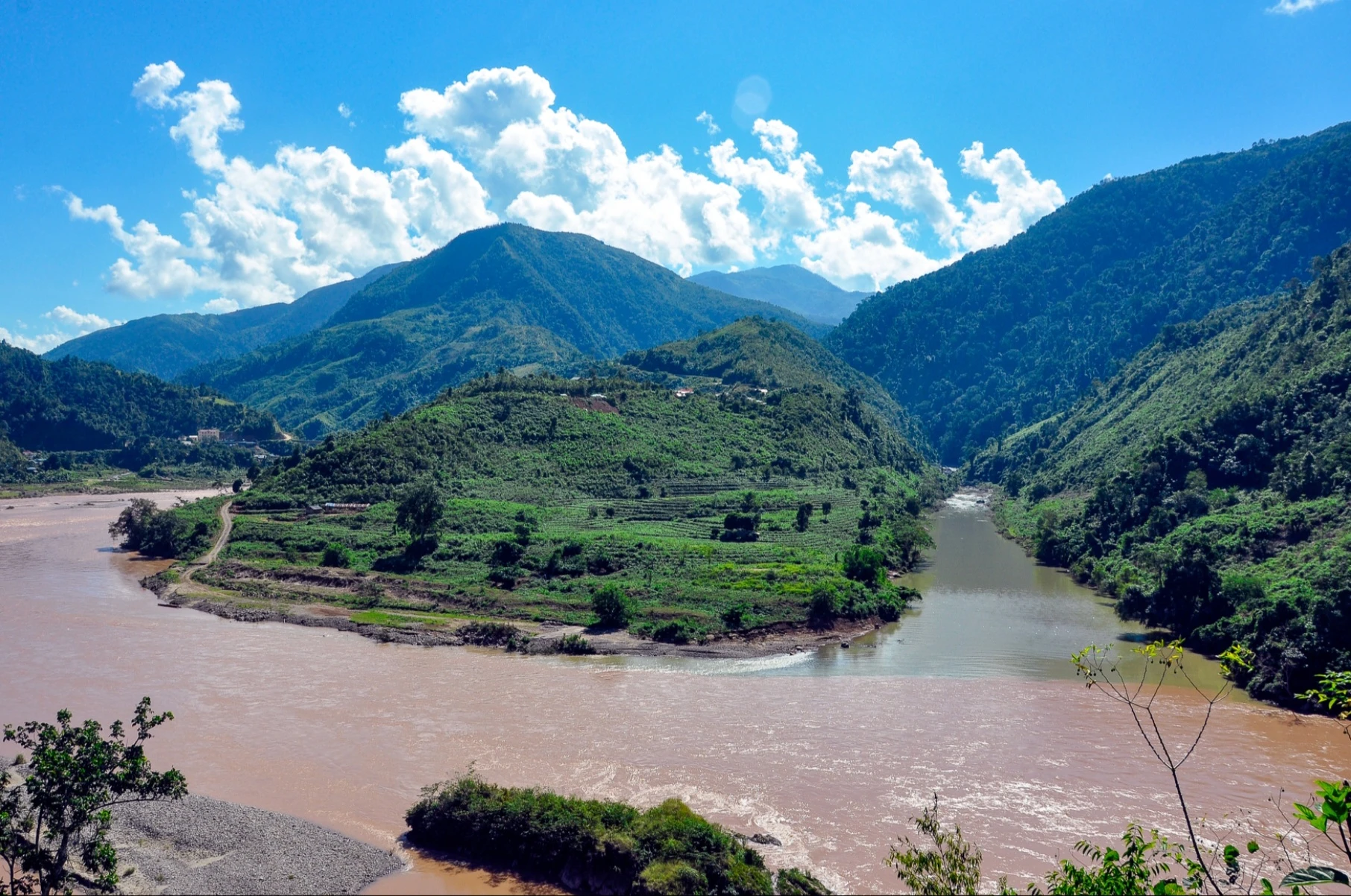
The upper Da River - the end of the Northwest - is home to the Ha Nhi, Si La, La Hu ethnic groups...
The thousand-mile migration only ended more than 40 years ago when they left the Da River - Muong Te district to go to Nam Son - Muong Nhe to establish a village. And the way of choosing land to build a village is similar to the Thai people - that is, both clinging to the forest and being close to the rivers to take advantage of hunting, gathering and exploiting aquatic products. In addition, thanks to the support of the state, the quality of life of the people has improved and become more prosperous. In particular, although the population has grown, if we count the total number of Si La people living concentrated in Muong Te and Muong Nhe districts, it is only under 1,000 people. Therefore, currently, they are one of the 5 ethnic groups including O Du, Brau, Ro Mam, Pu Peo and Si La with a population of less than 1,000 people - the smallest in Vietnam.
The most worrying thing is that because there is no written language, the Si La language is partly borrowed from the Ha Nhi and Cong people. Even their traditional customs have been distorted, assimilated or only remain in the memories of the elderly. Fortunately, the Si La women's costumes are still quite intact and are very different from the ethnic groups in the Northwest.
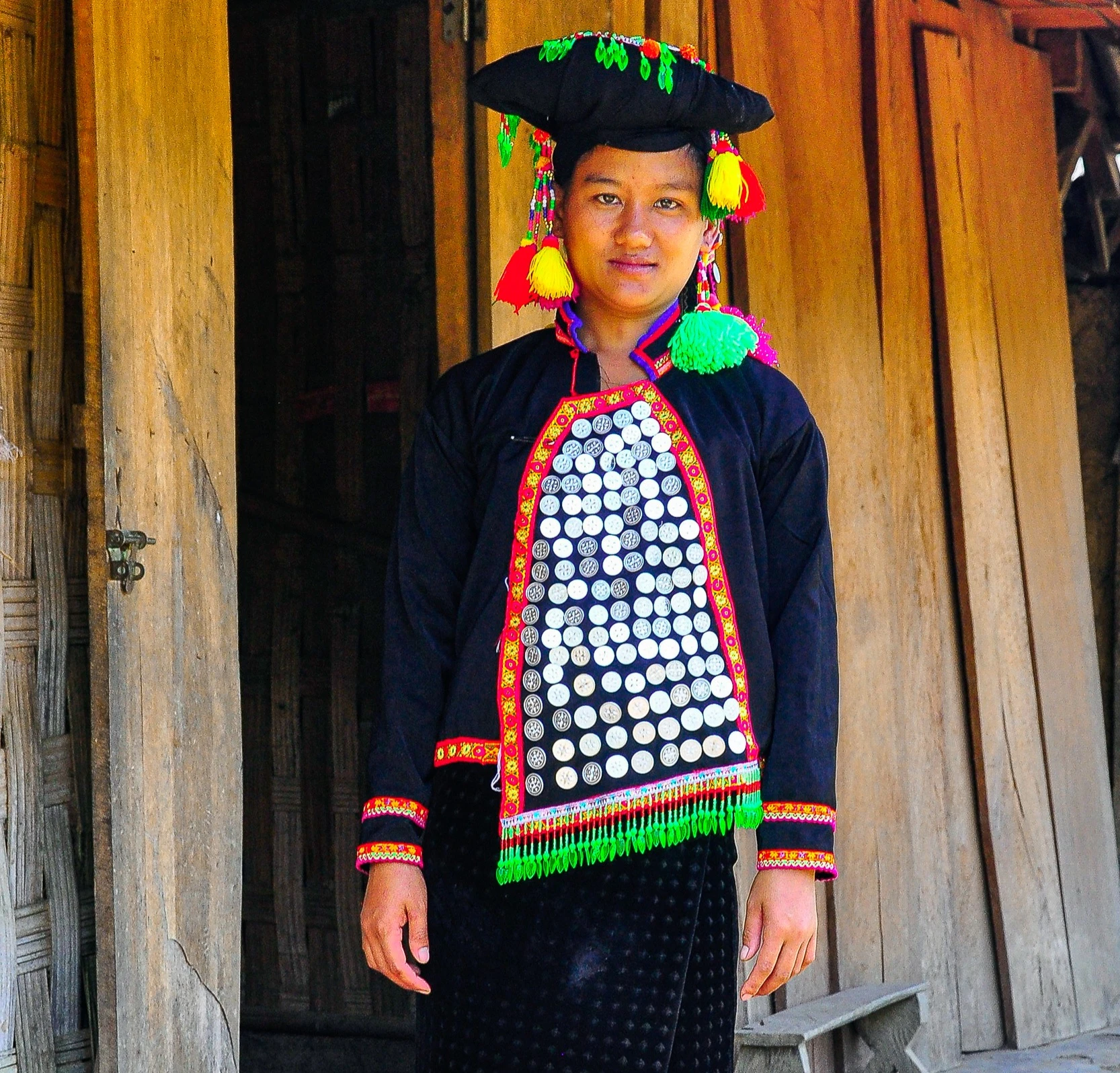
Si La woman in Nam Son village, Muong Nhe district, Dien Bien
Shifting cultivation according to the yellow leaves season
In the Sila women's costume, the most prominent is the shirt with buttons on the right armpit with a collar and sleeves made of different colored fabric and the front chest panel is filled with aluminum coins. The skirt is usually black and ankle-length when worn or tucked behind the back. The headscarf is distinguished by marital status, unmarried women wrap a small white scarf to show purity and elegance. After getting married, the girls will roll their hair into a bun on their heads and use a black cloth about 2m long to wrap it skillfully so that it looks like a horizontal hat and then toss the ends of the scarf behind. In addition, the graceful beauty of the headscarf is enhanced by the colorful, swaying tassels.
From Muong Nhe district, after a long journey along the border belt road, we arrived at Pac Ma - a small town in Ka Lang commune - Muong Te district when the afternoon sun had passed and given way to the clouds drifting down to the Da river. This time, when we returned to Pac Ma, we did not aim for the wild natural landscapes at the end of the Northwest sky, but our destination was Nam Pam village of the La Hu people - an ethnic group that once lived completely isolated in the middle of the forest, no different from forest people.
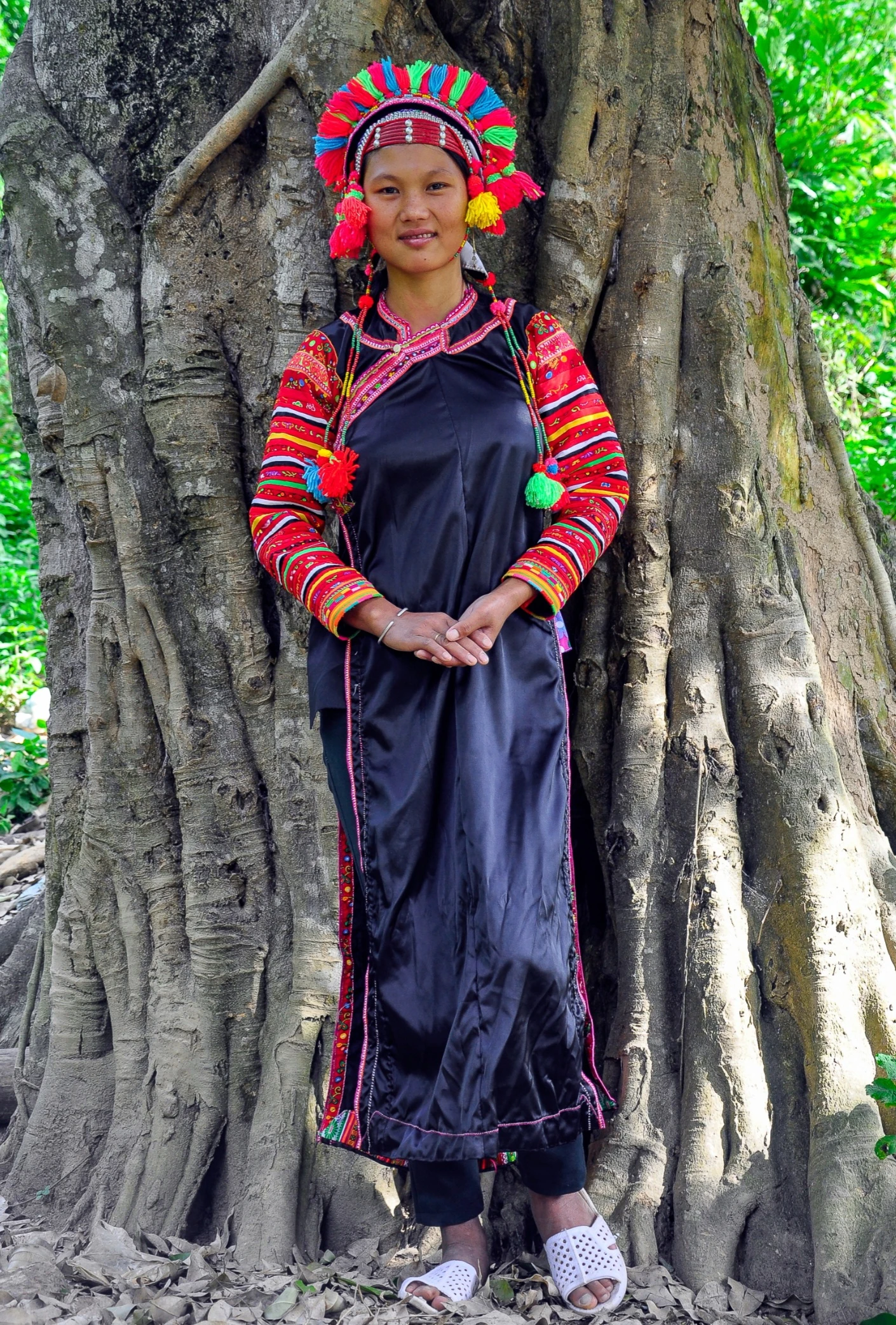
La Hu woman in Nam Pam village, Muong Te district, Lai Chau
In fact, the La Hu people originated from the north, but due to the occupation of their land by more powerful tribes, they were constantly hunted down and forced to wander to the south and wander from one forest to another. They survived by gathering, trapping, hunting wild animals or finding gently sloping land, they built huts, covered with leaves to live temporarily to clear the land and sow corn and upland rice seeds. However, when the leaves on the roof of the hut withered and fell, they would leave it to the nature to take care of the newly sprouted seeds underground... and go find other forest land to continue farming while guarding against hunting. Only when they calculated that the corn, cassava, and upland rice on the previous fields were ripe, would they return to harvest. Also because of their nomadic way of living and shifting cultivation according to the season, when the leaves on the roof of the hut turned yellow and then they left, they also had another name, the yellow-leafed Xa people.
When the forests were depleted, they lived in isolation in the deep mountains, not integrating with other ethnic groups, so in addition to hardship, they also had to face diseases. Incestuous marriages were still common, brothers from two generations who liked each other would just move in together, without having to calculate or discuss about their lineage.
Furthermore, the fear of past turmoil has made them always live in isolation from the surrounding ethnic groups... gradually becoming a habit.
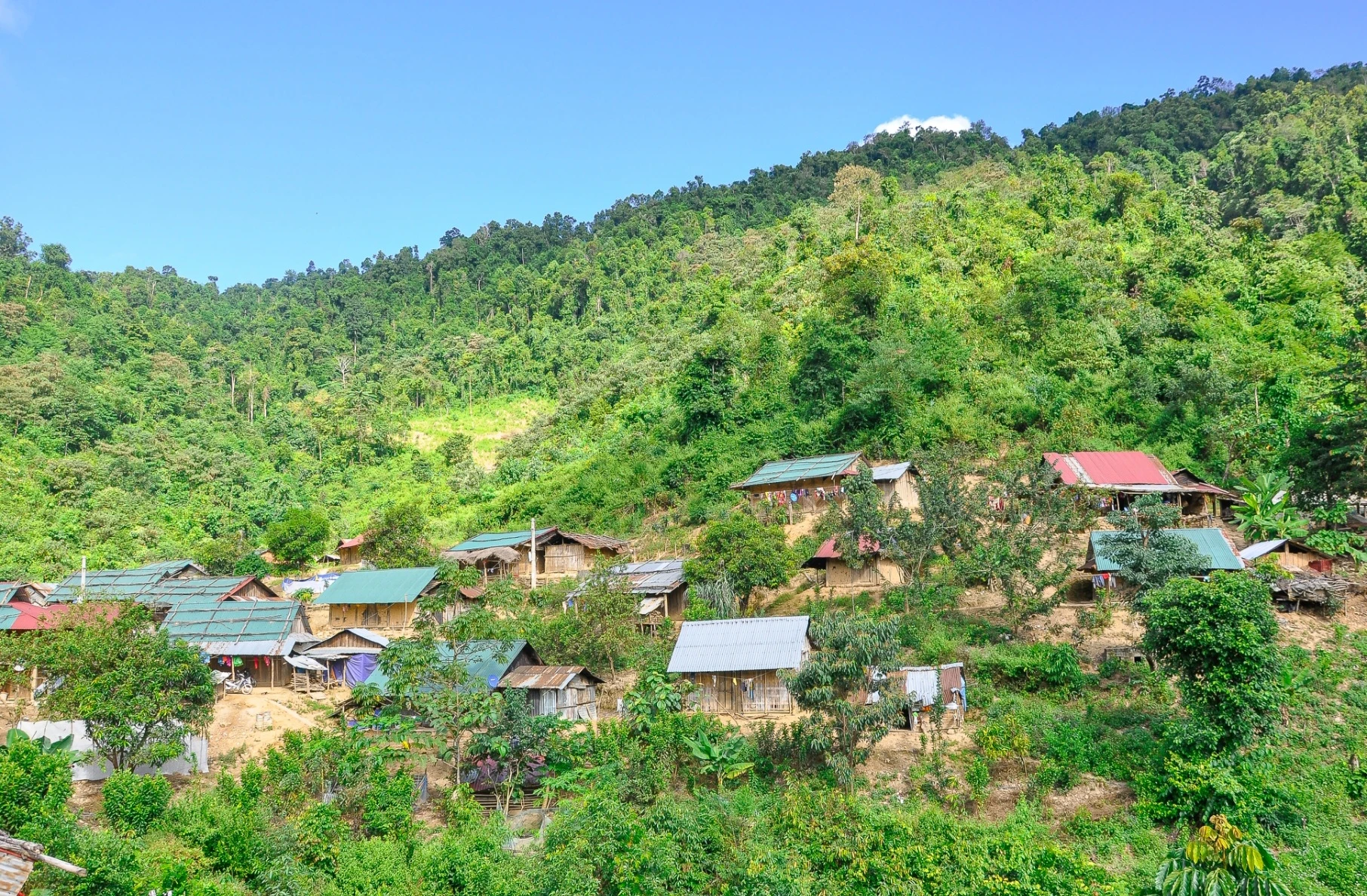
La Hu people have gradually stabilized in Nam Pam village, Muong Te district, Lai Chau.
New life at the end of the Northwest sky
I still remember, in March 2017, following a group of tourists from Ho Chi Minh City to visit and give gifts to Nam Pam village, even when the village chief went to each house to call on the people to come to the village cultural house to receive gifts, we only received their scrutinizing eyes from afar. Even though they came down from the mountain 10 years ago to live in a community, permanently ending the wild, backward lifestyle that had persisted for many generations after the local government and border guards built the village and encouraged people to return to start a new life.
From a nearly starving and most backward ethnic group among the 54 ethnic groups in Vietnam, over the past 20 years, the life of the La Hu people has gradually stabilized. However, due to the lack of a written language and the consequences of many generations of wandering, traditional culture has been lost.
In particular, the traditional costumes and part of the language, the La Hu people had to borrow from the Ha Nhi people - a densely populated ethnic group that accounts for 80% of the population settled along the border area of Muong Te district - Lai Chau. Moreover, they also learned life skills and working methods from neighboring ethnic groups.
However, they still maintain the custom of hunting and trapping wild animals as a typical cultural feature of this ethnic group. There are two ways of hunting that men are proficient in. One is individual hunting by setting traps around fields or in places where deer, weasels, and wild chickens often go to forage or using crossbows and flintlock guns to chase and shoot them.
Second, the villagers rely on collective strength to set traps, surround and shoot large animals such as bears, tigers, and wild boars. This method of surrounding and shooting requires the mobilization of many people, sometimes with the support of hunting dogs, so they only organize to carry out the operation when wild animals come to destroy the fields or when someone in the forest discovers them.
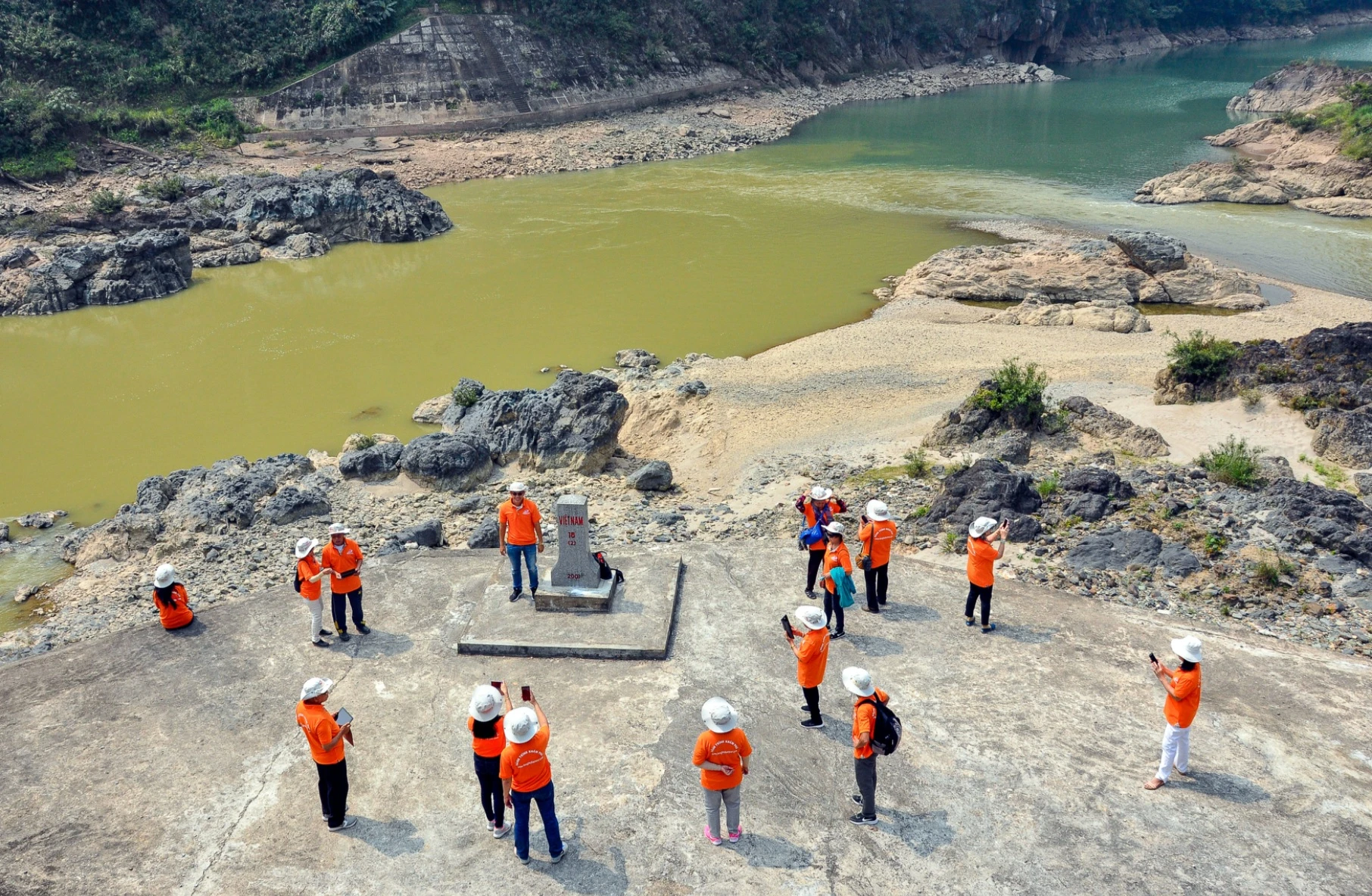
Kenh Mo - where the Da River flows into Vietnam
Usually, the hunting group will send a few strong pioneers to look for traces of the animal. When they find them, they will alert or use dogs to drive the prey into the circle of hunters who are hiding in trees or lurking in the bushes to shoot and kill them as soon as they see them. Then, everyone cuts up the animal on the spot because it is taboo to bring it home and divide it clearly: the one who shoots the animal will get half, the remaining meat will be divided equally among the people participating in the hunt. In the past, when the border area of Muong Te (Lai Chau) and Muong Nhe (Dien Bien) still had many old forests, wild animals such as tigers and bears often came down to attack, eating people was not a rare thing... Therefore, the person who shot them, in addition to the divided portion, was also rewarded with a tiger skin or bear gall bladder as a form of recognition for eliminating the danger for the villagers.
The trip to explore border marker 0 A Pa Chai - Muong Nhe - the place where the rooster crows can be heard in all three countries or marker 17, 18 to watch the Da River flowing into Vietnam will certainly be more interesting if visitors have a chance to visit the villages of the indigenous people and hear stories about a time of change from a life of poverty, nomadism and bad customs to now being settled down and no longer a "yellow leaf".
Source link



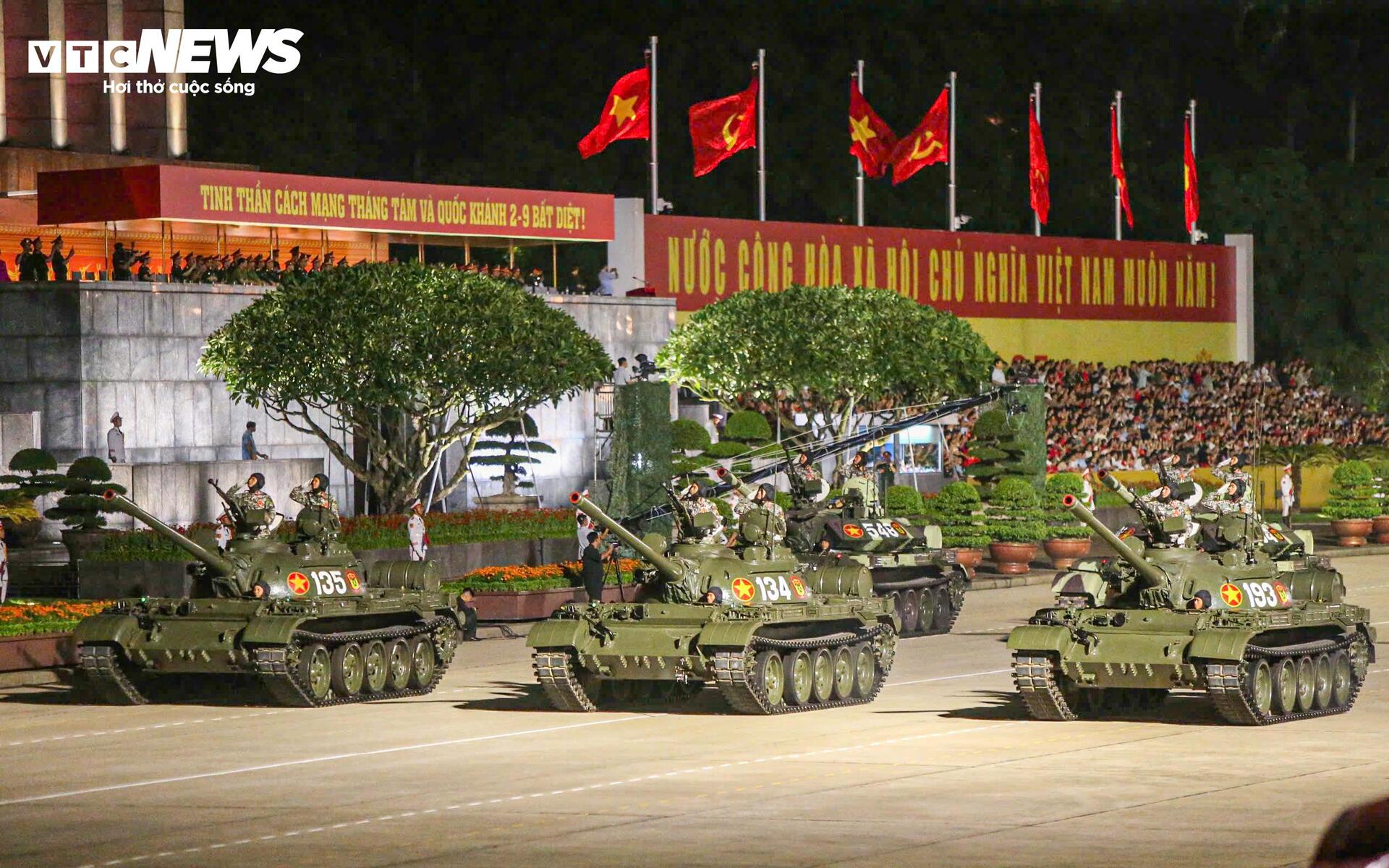
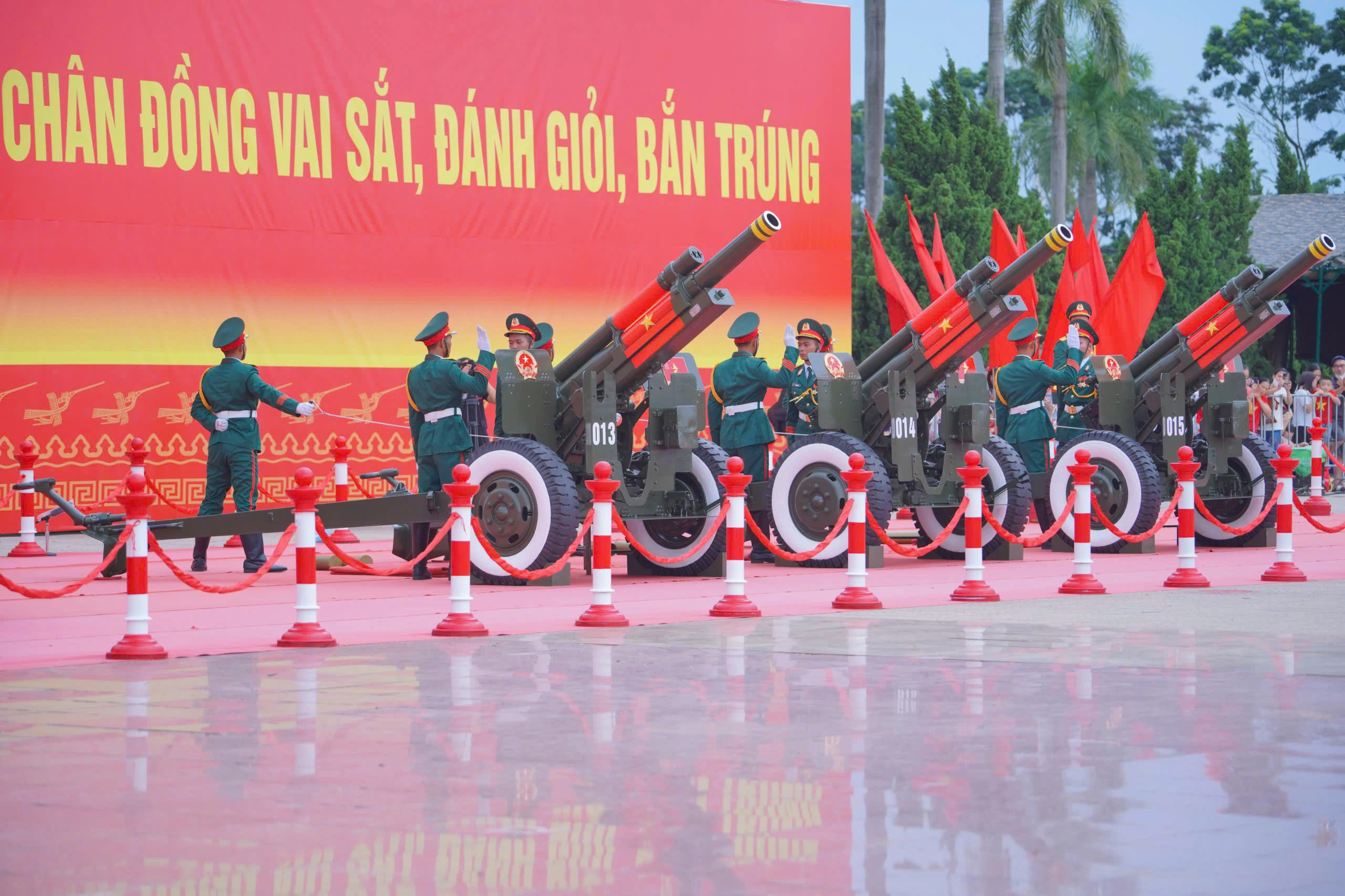
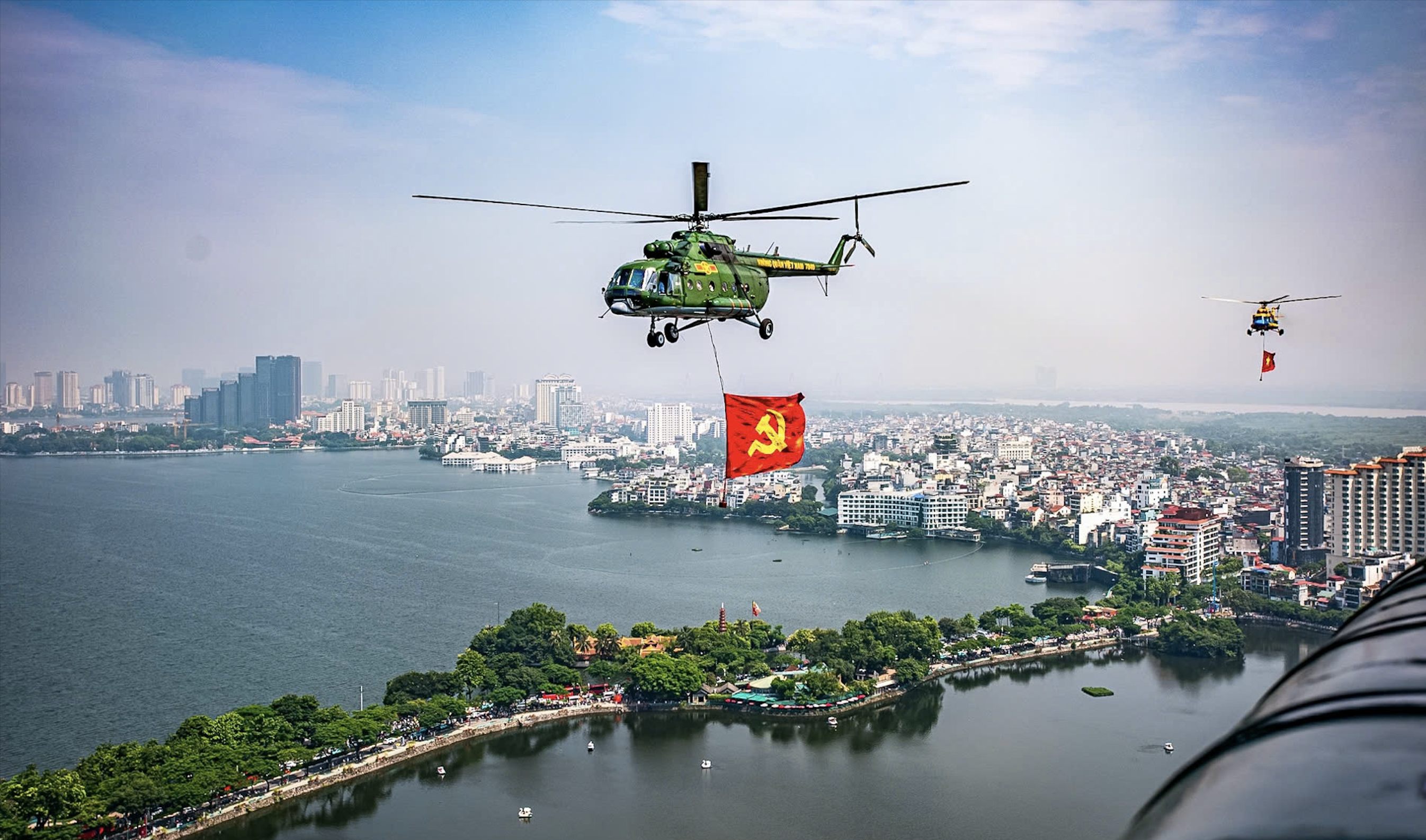

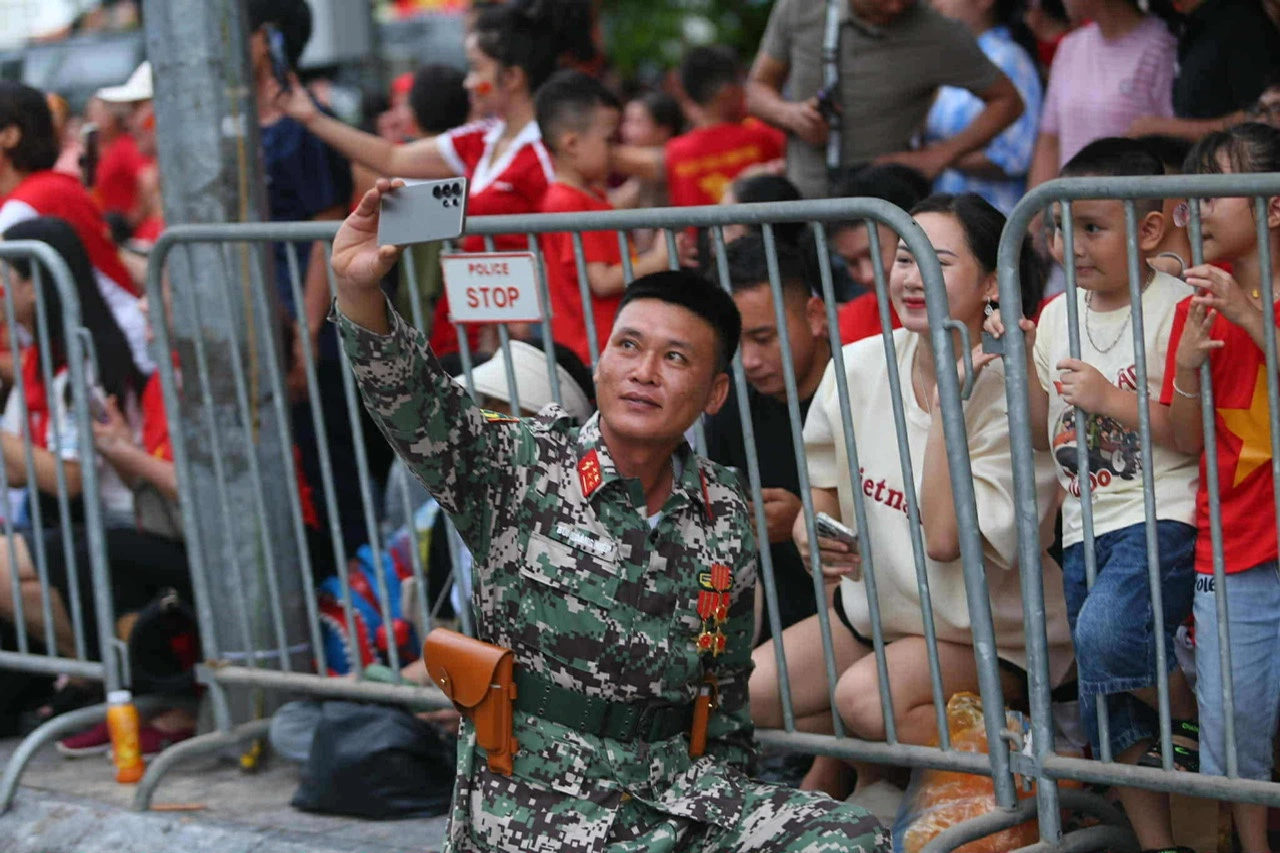
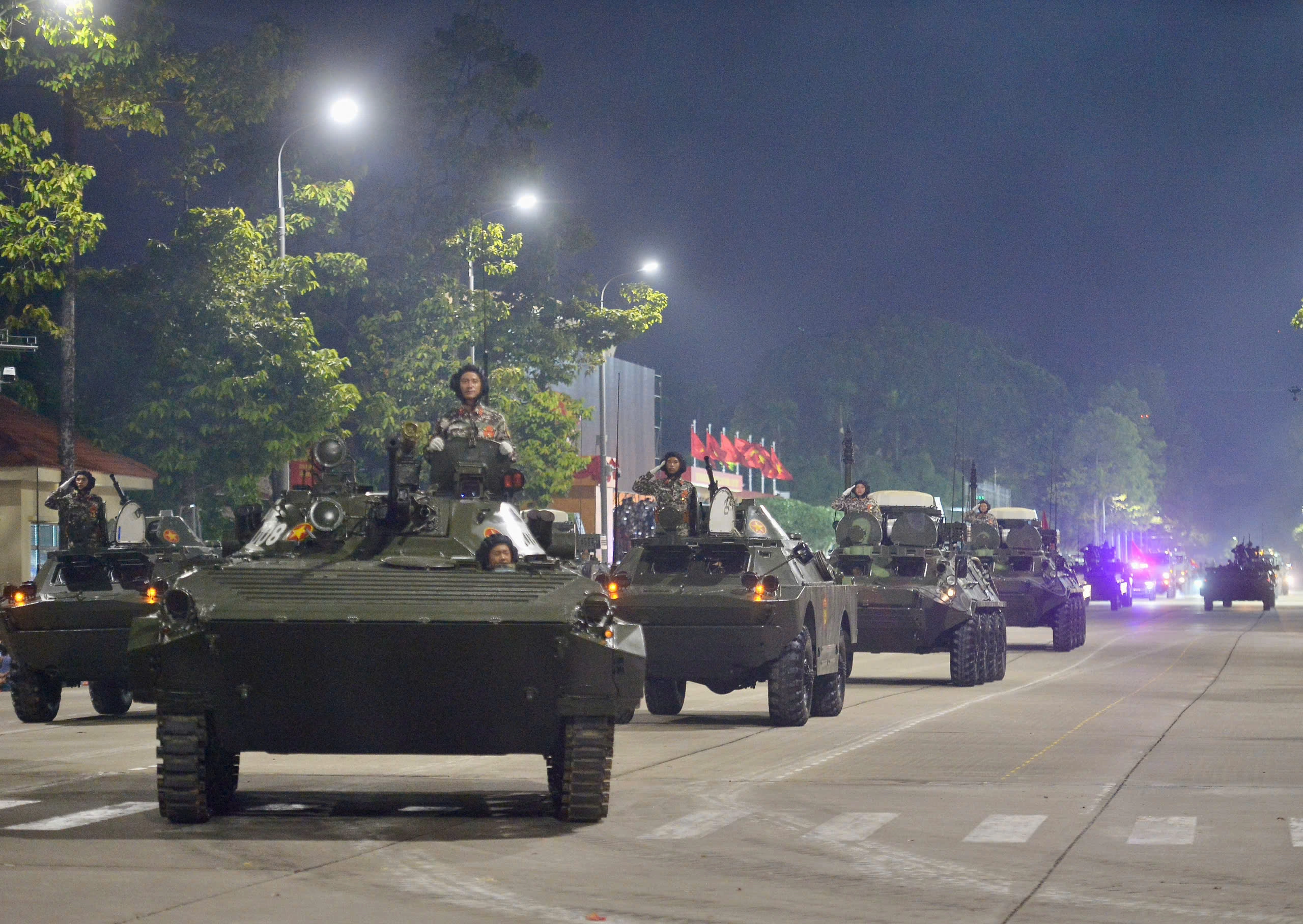
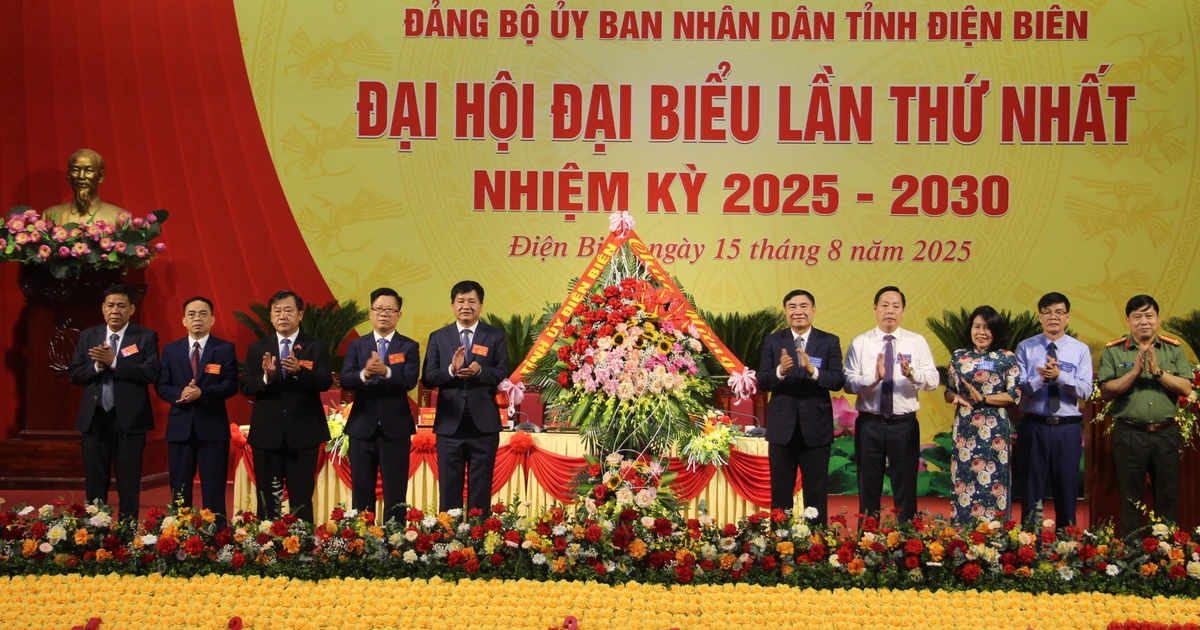





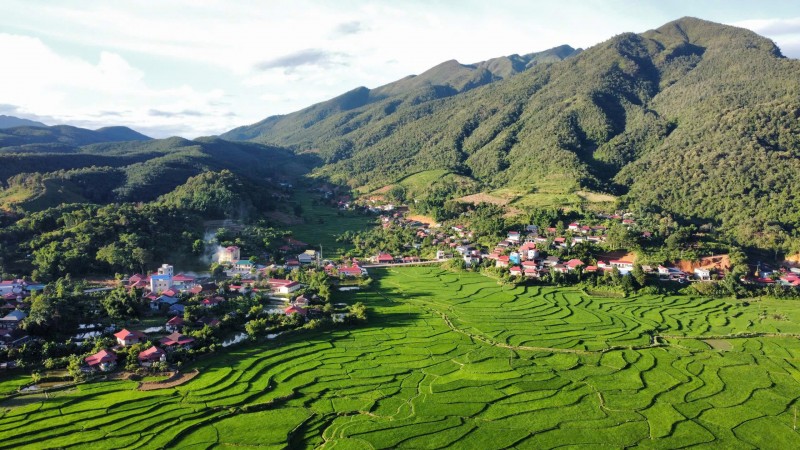



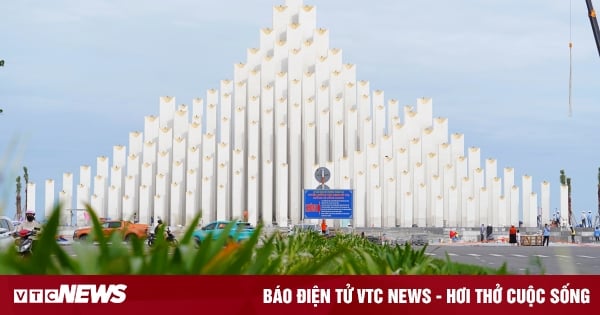


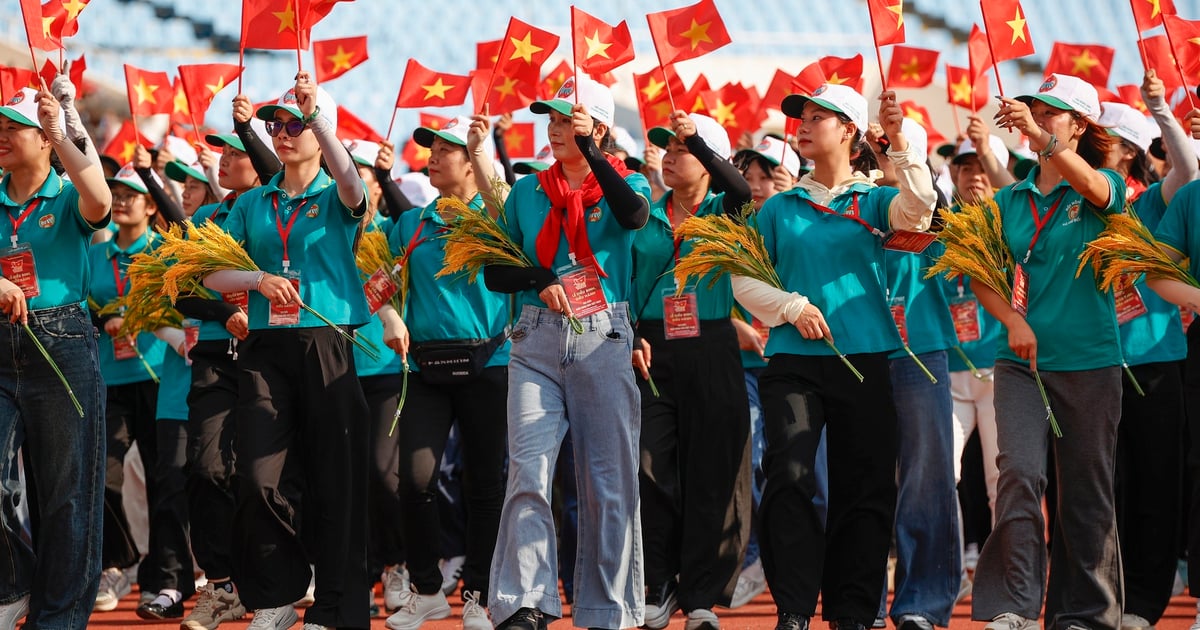
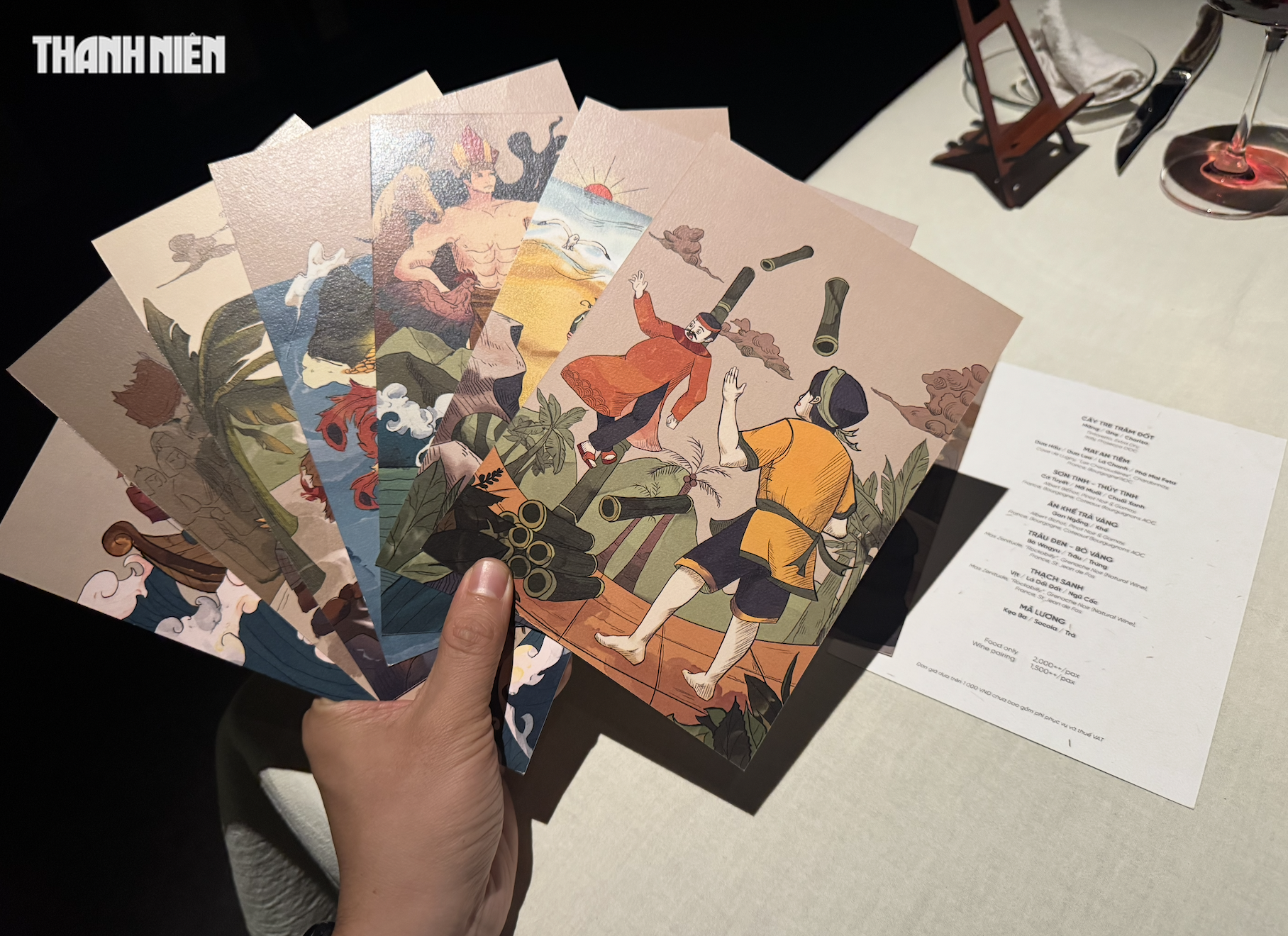
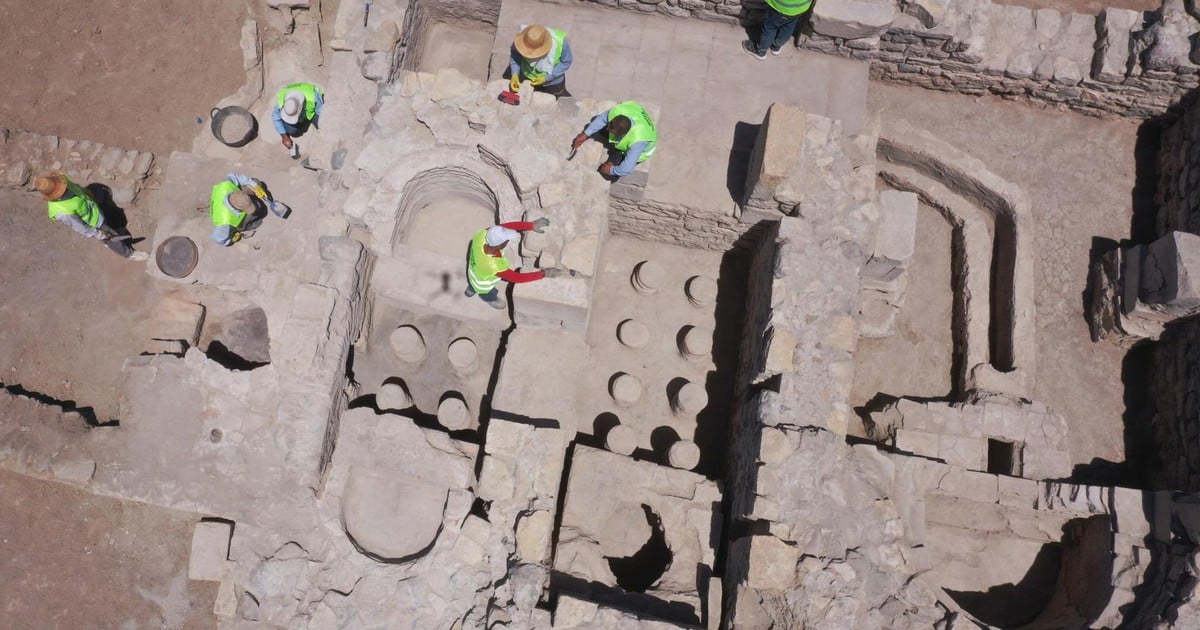
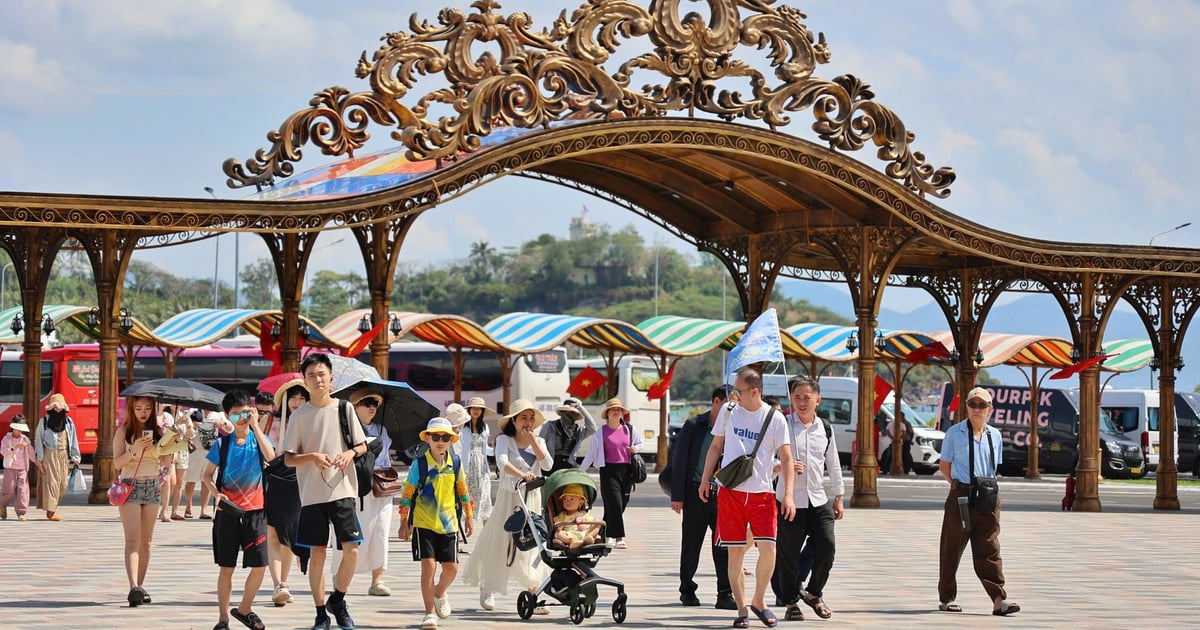









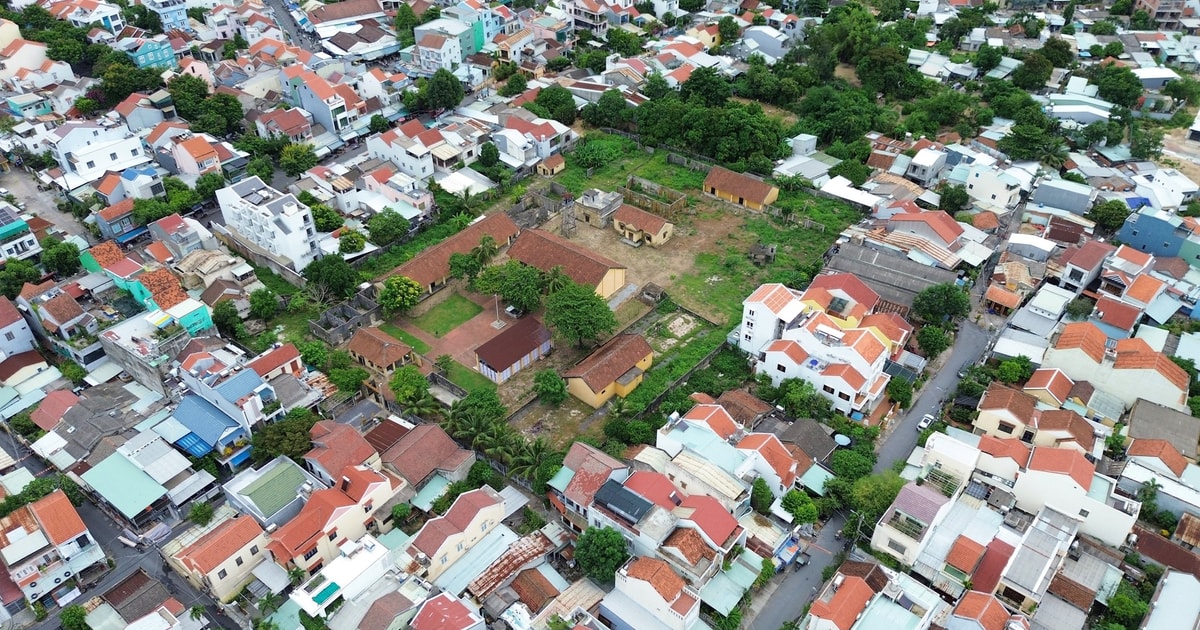

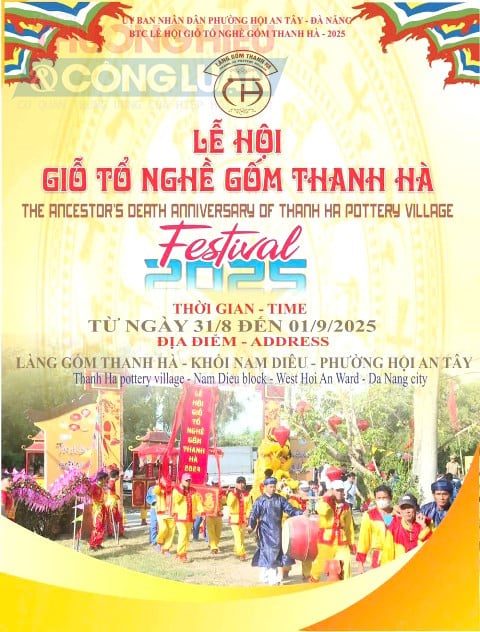

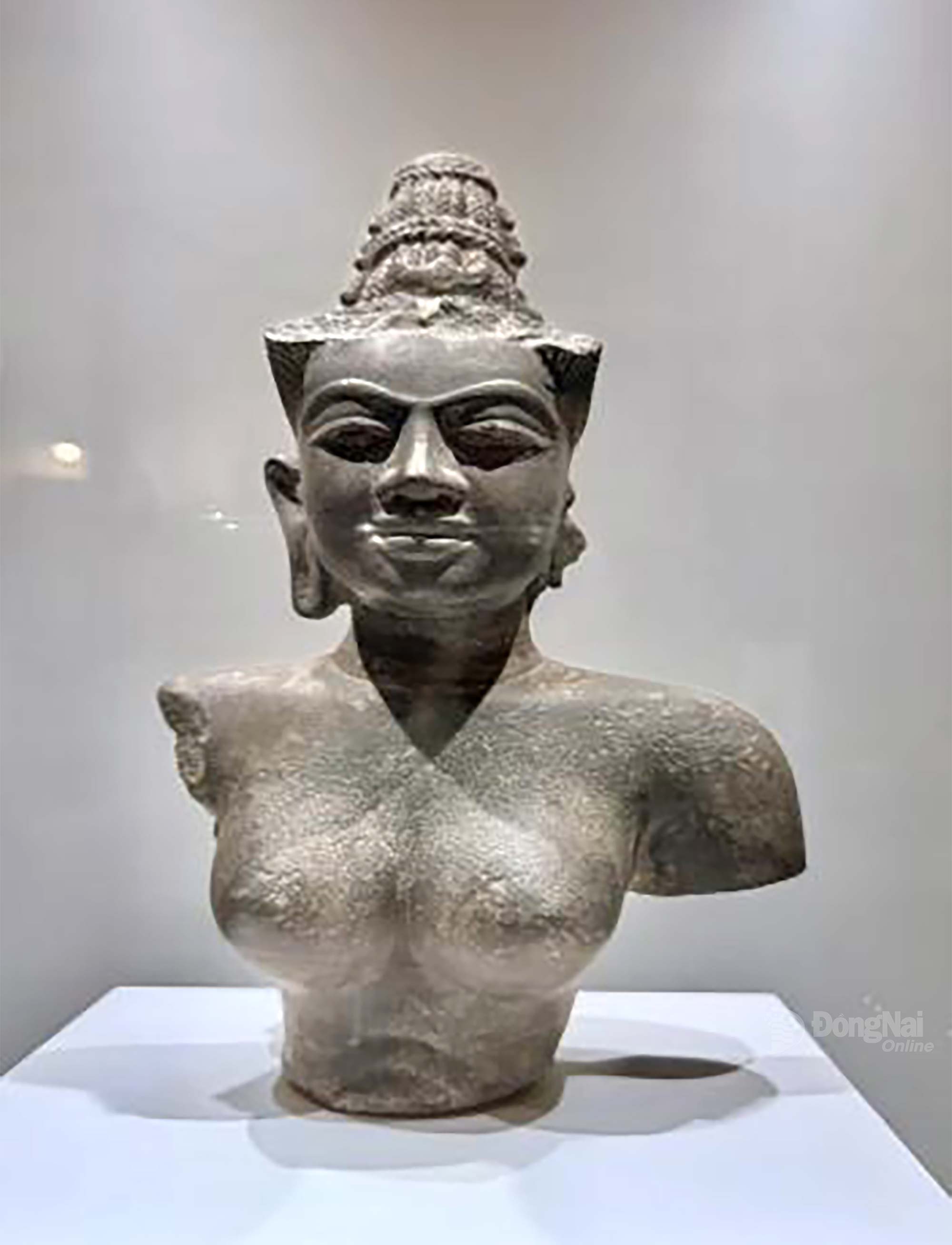







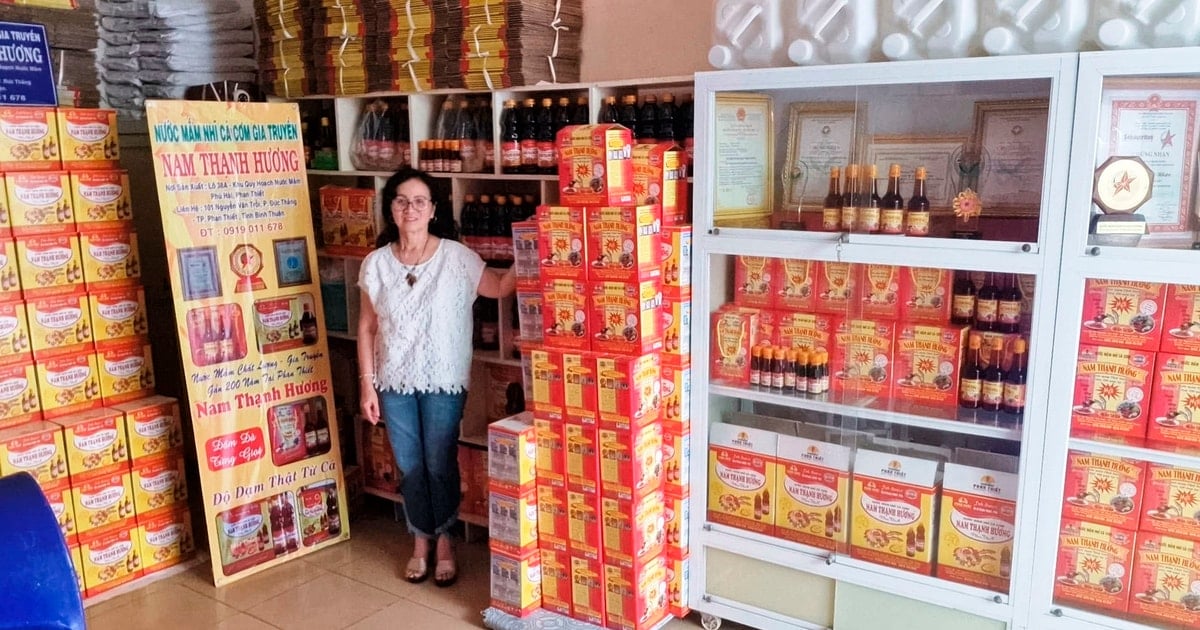



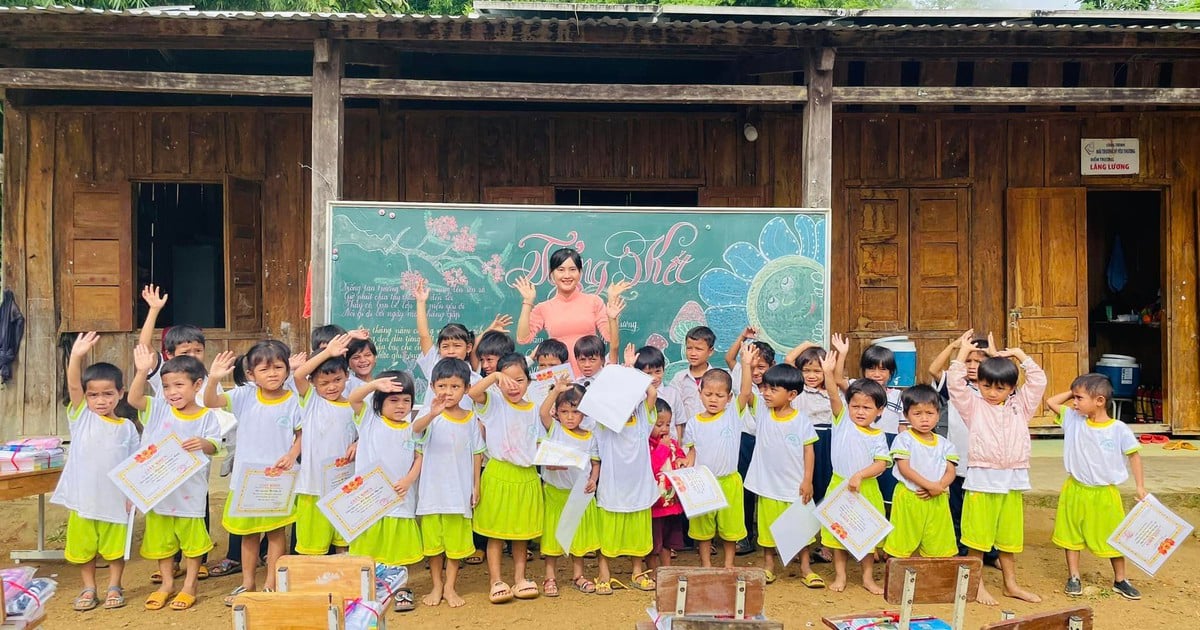
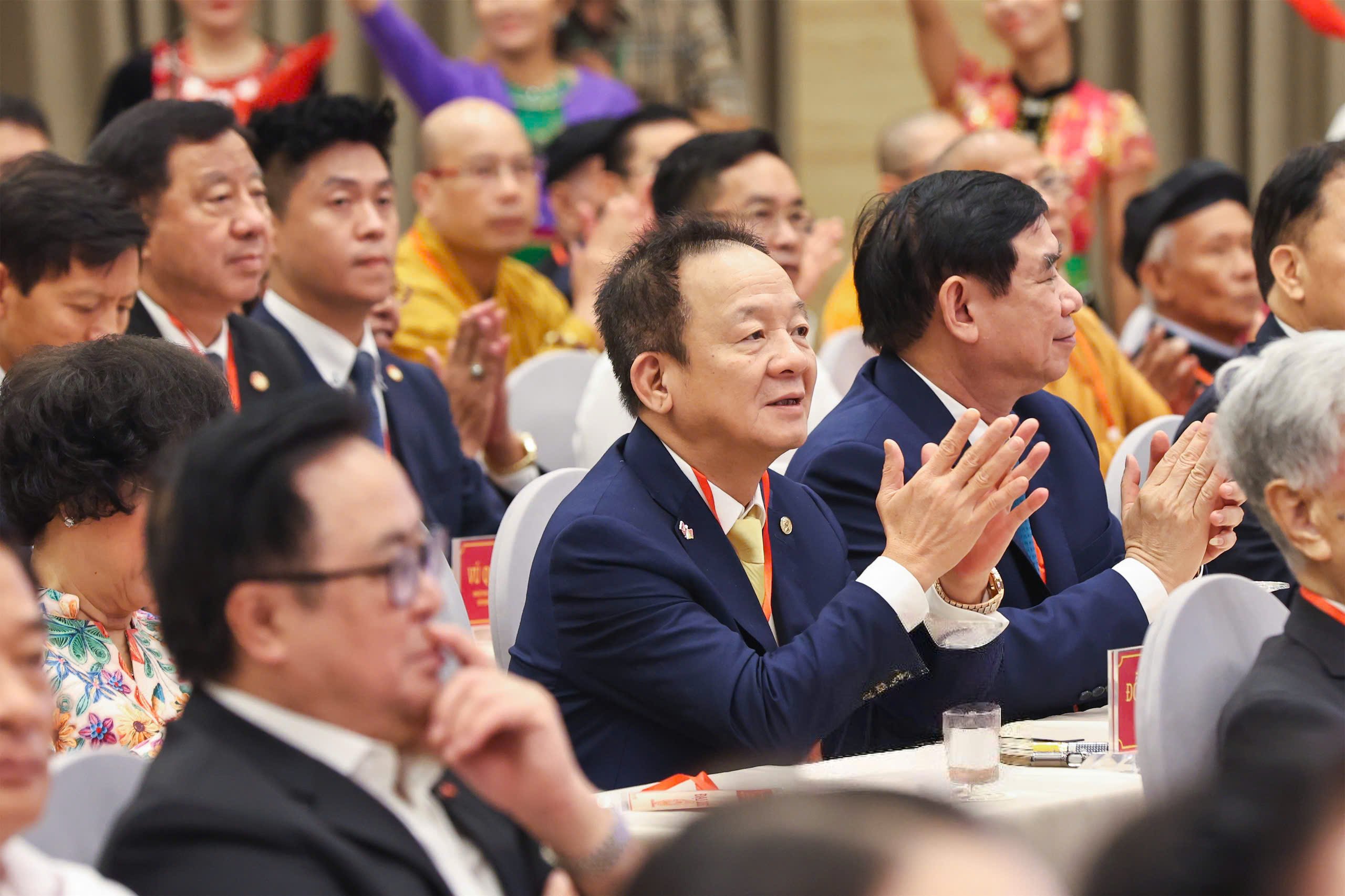
















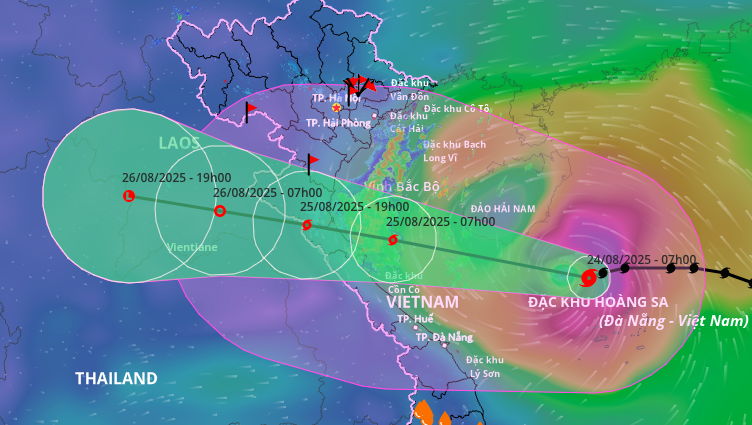













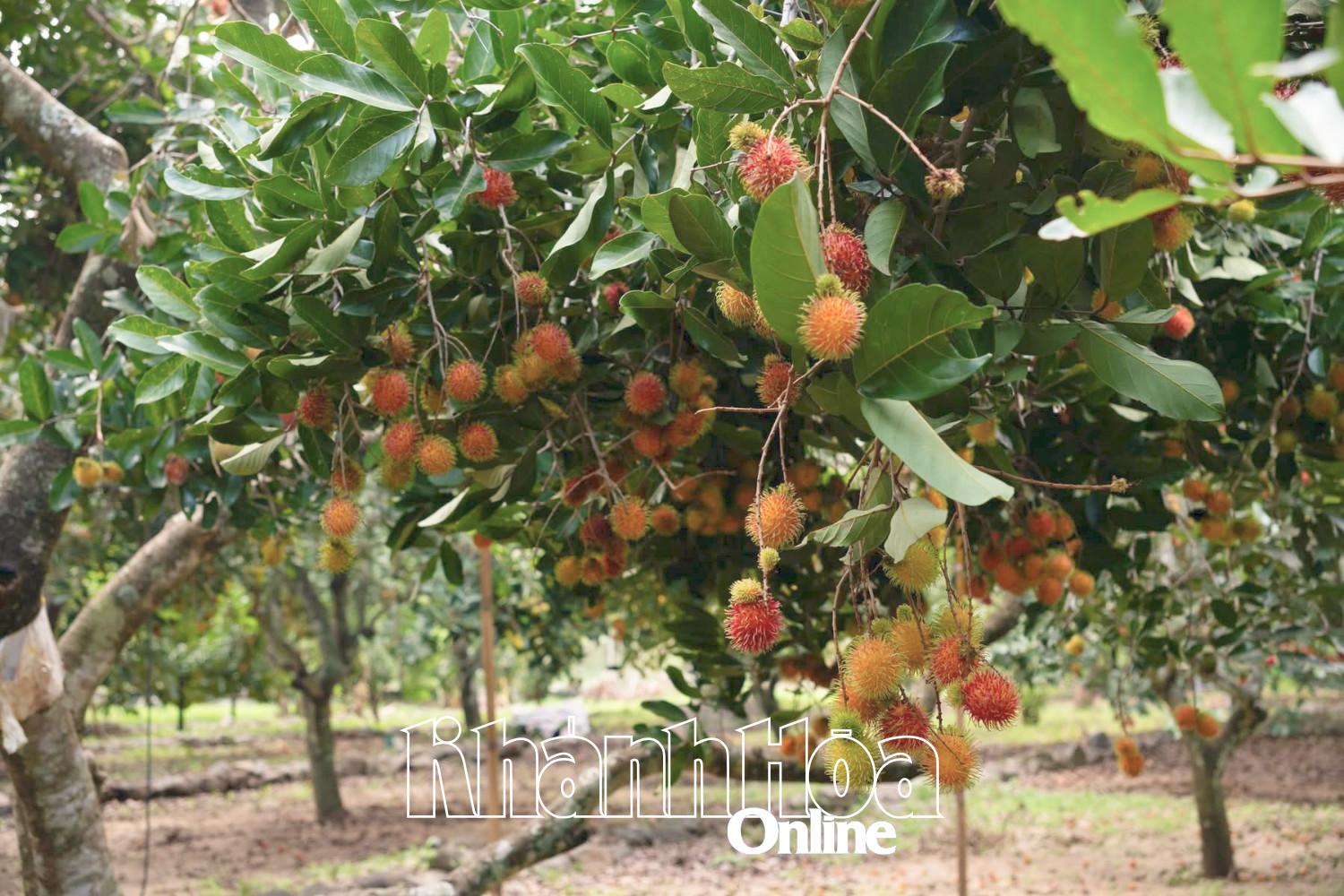

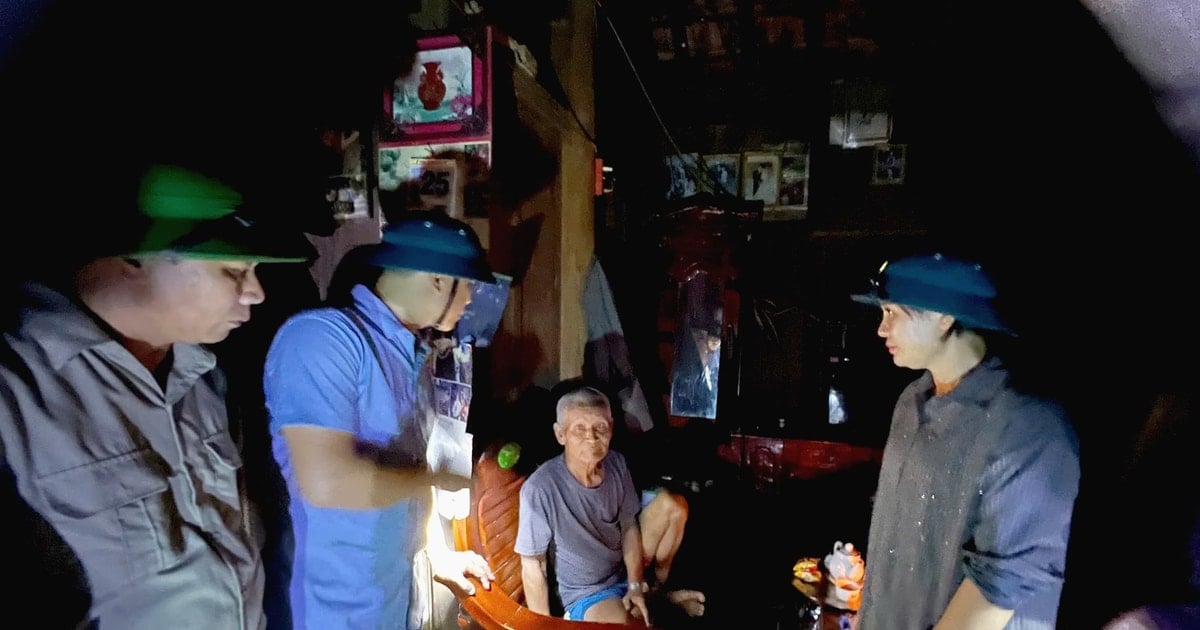

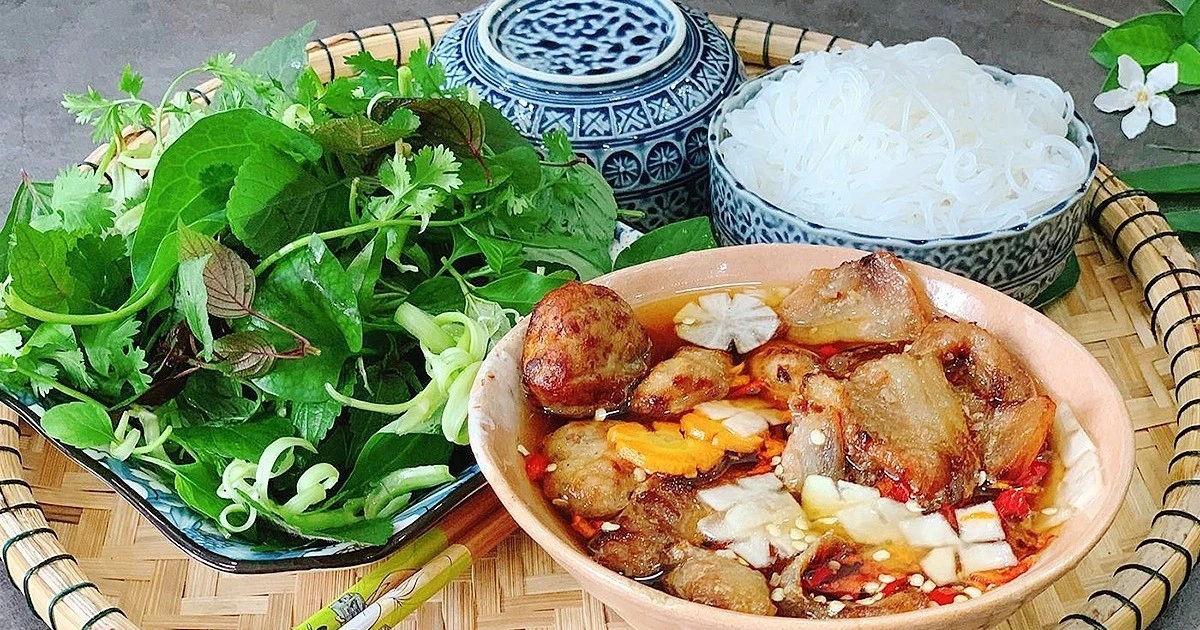

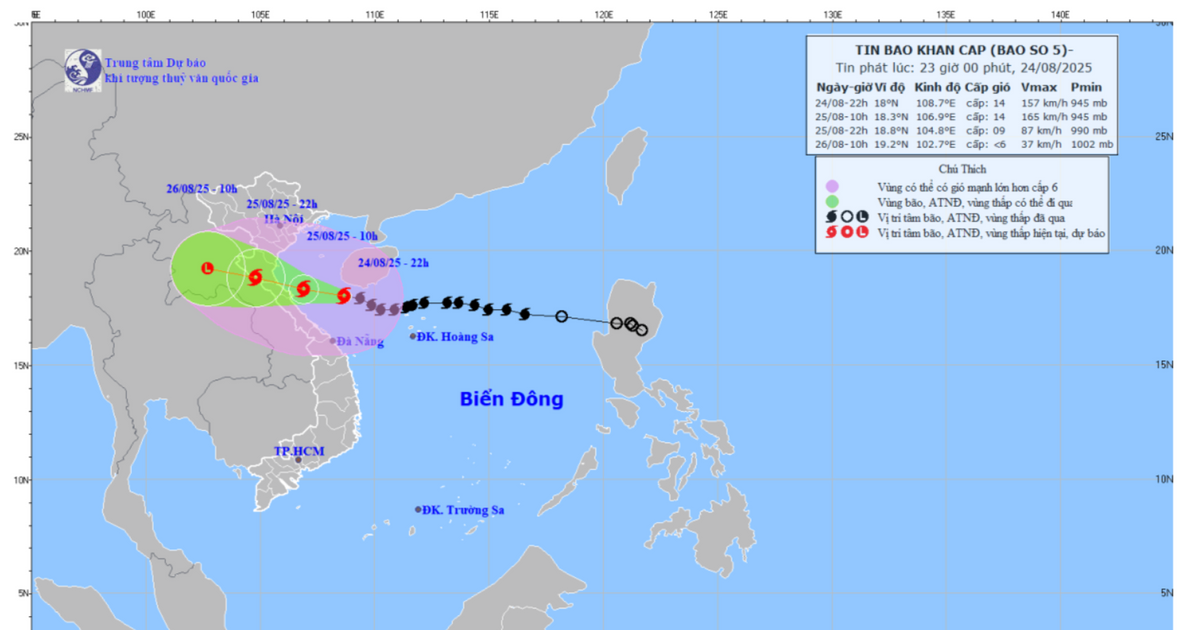
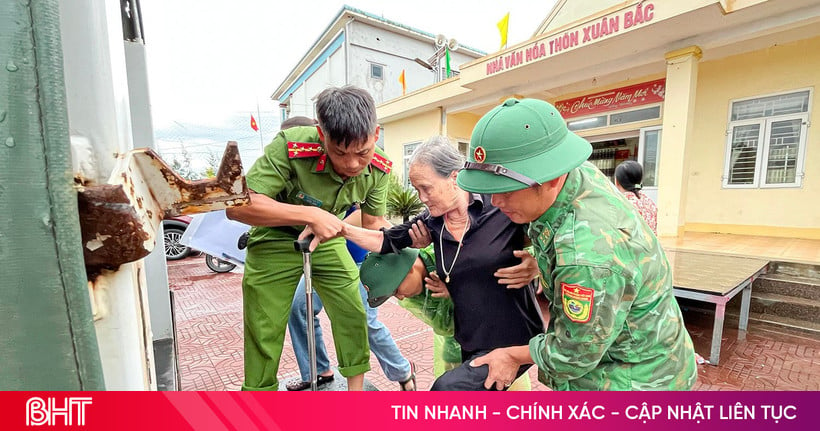



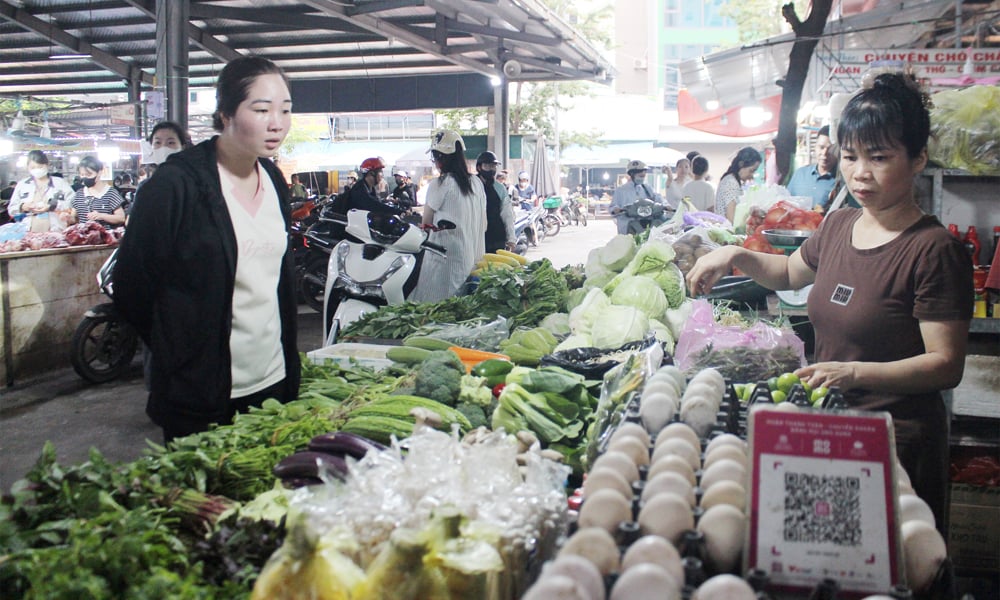

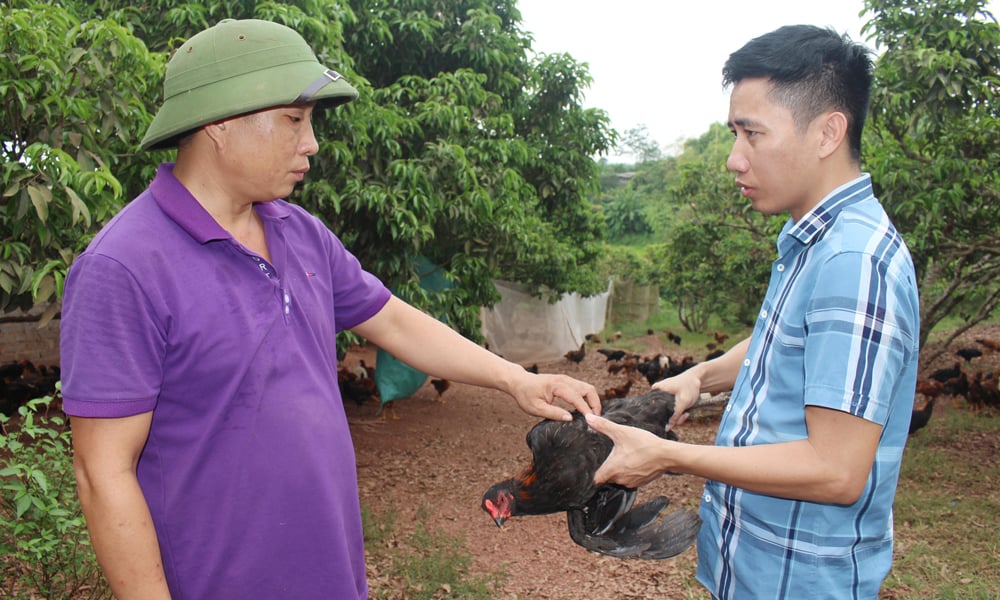
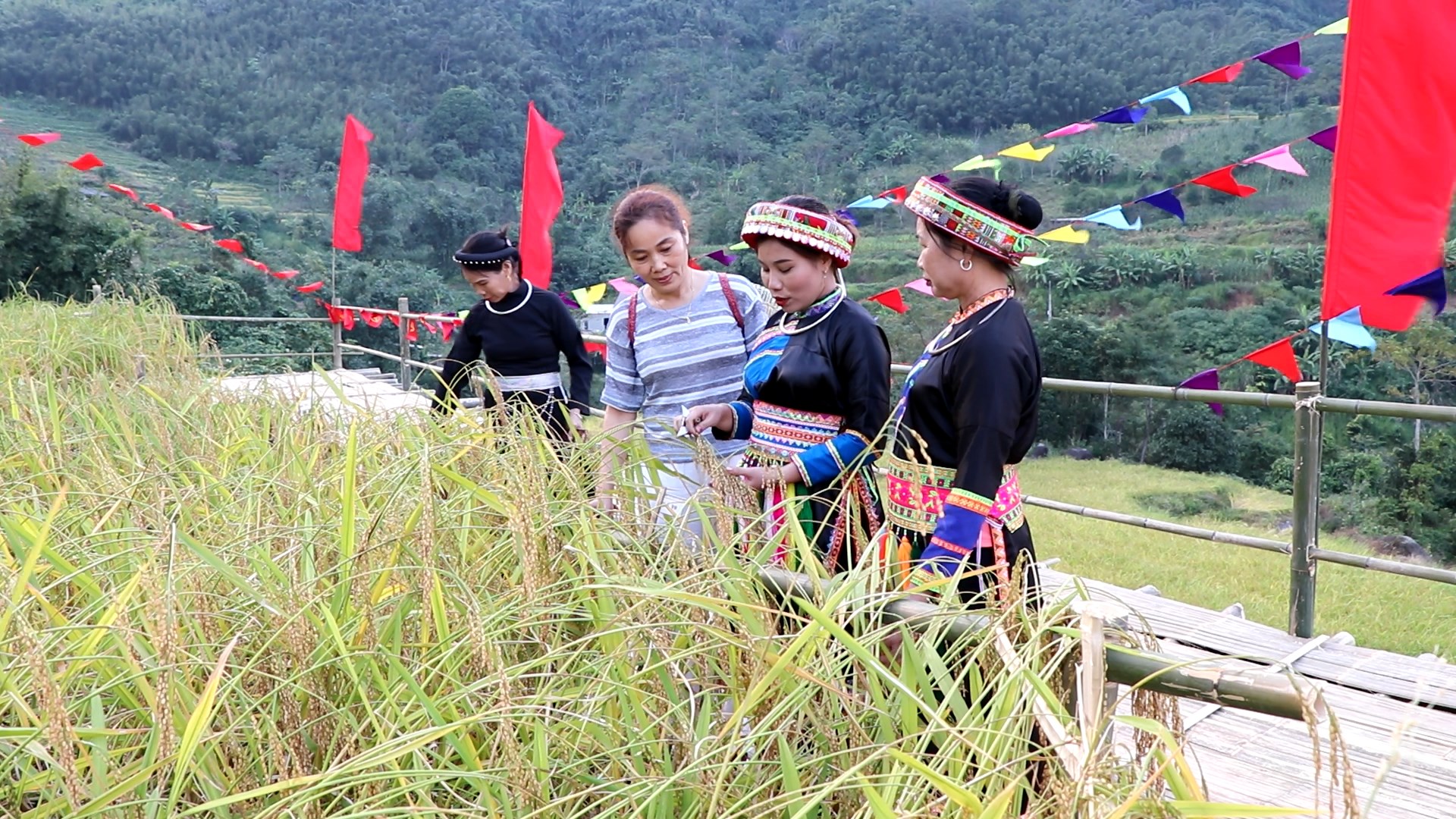











Comment (0)